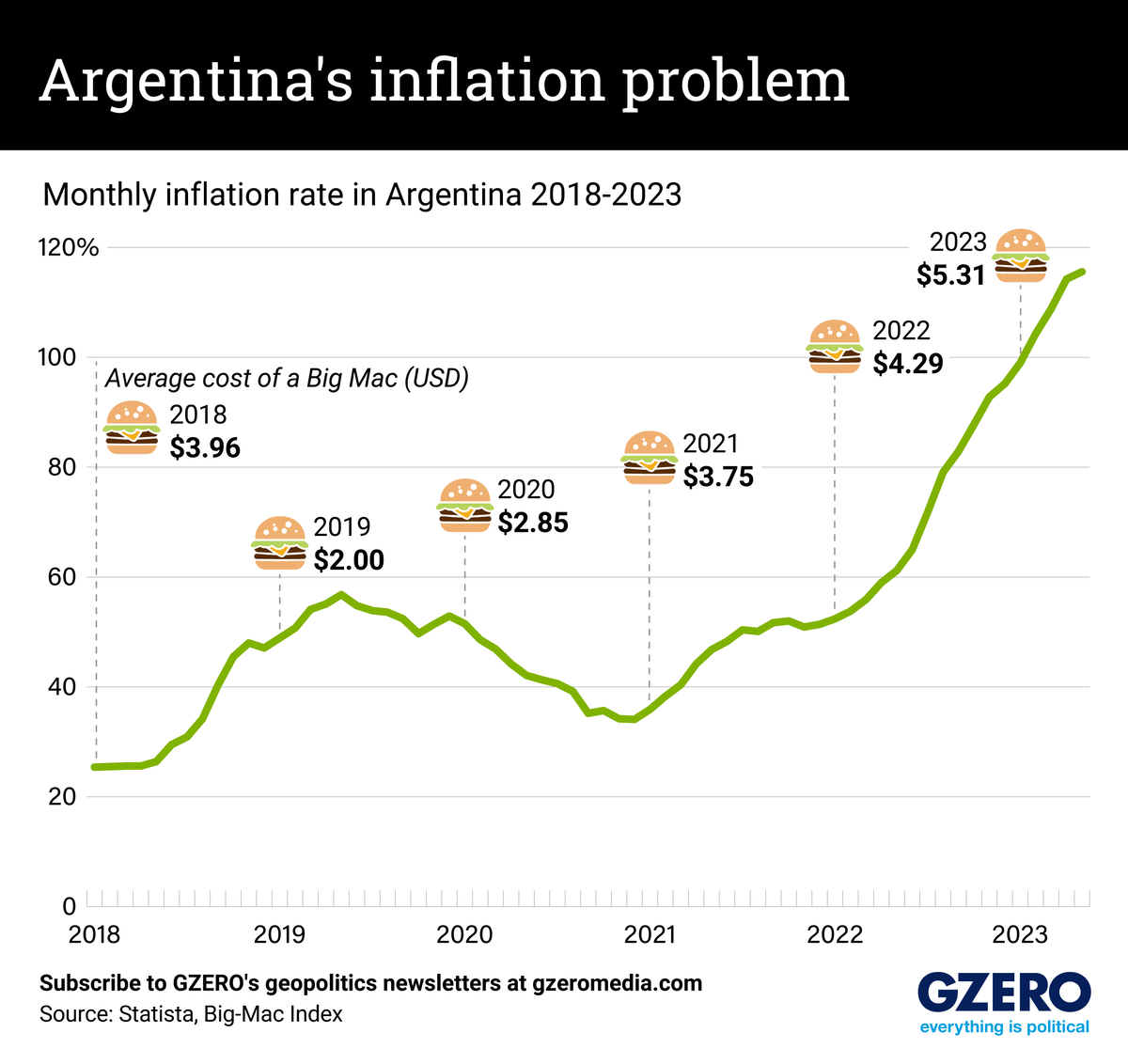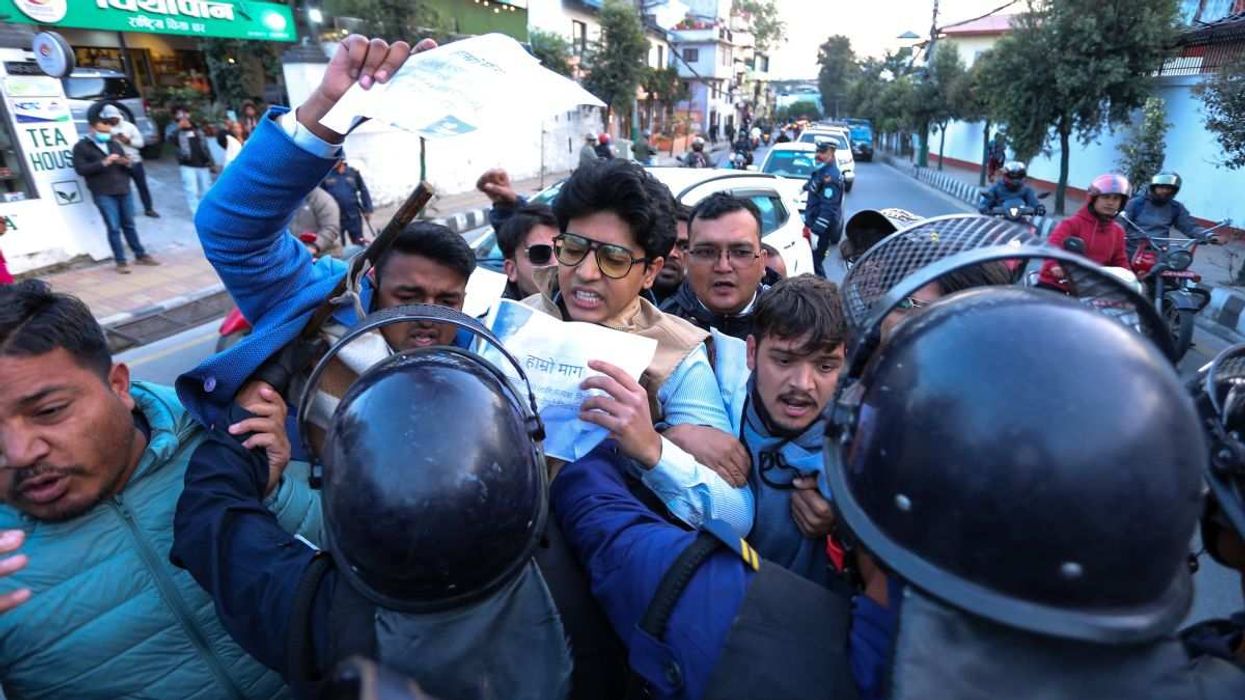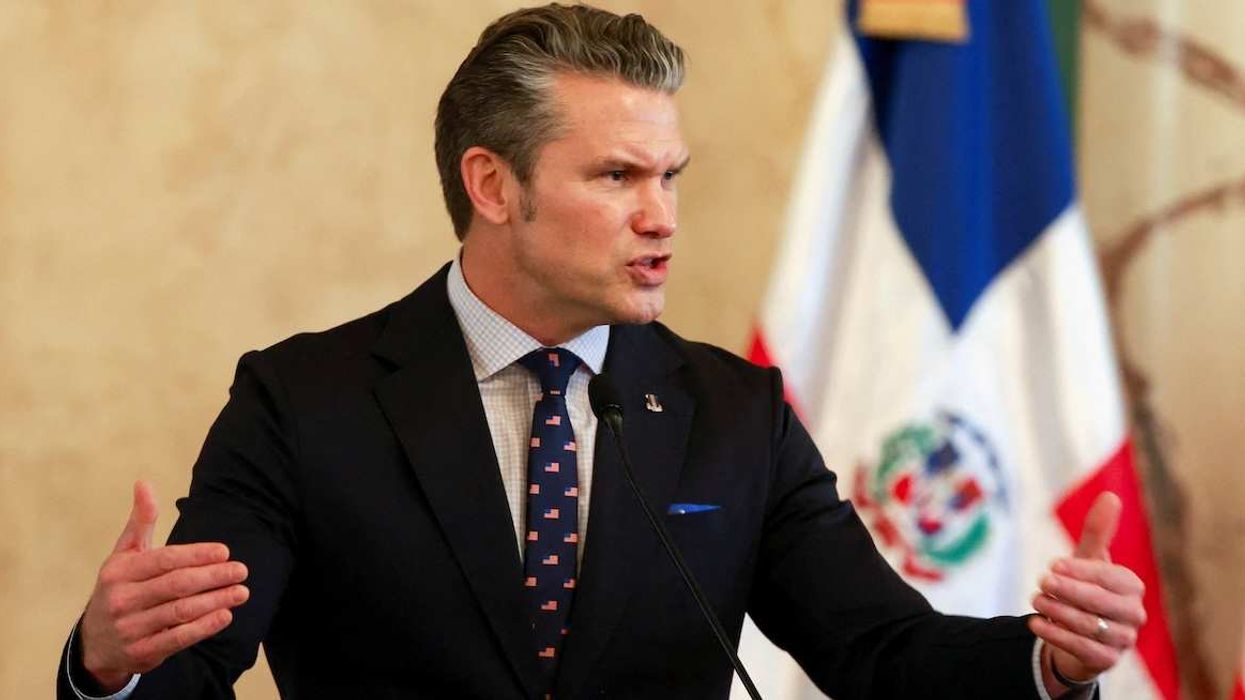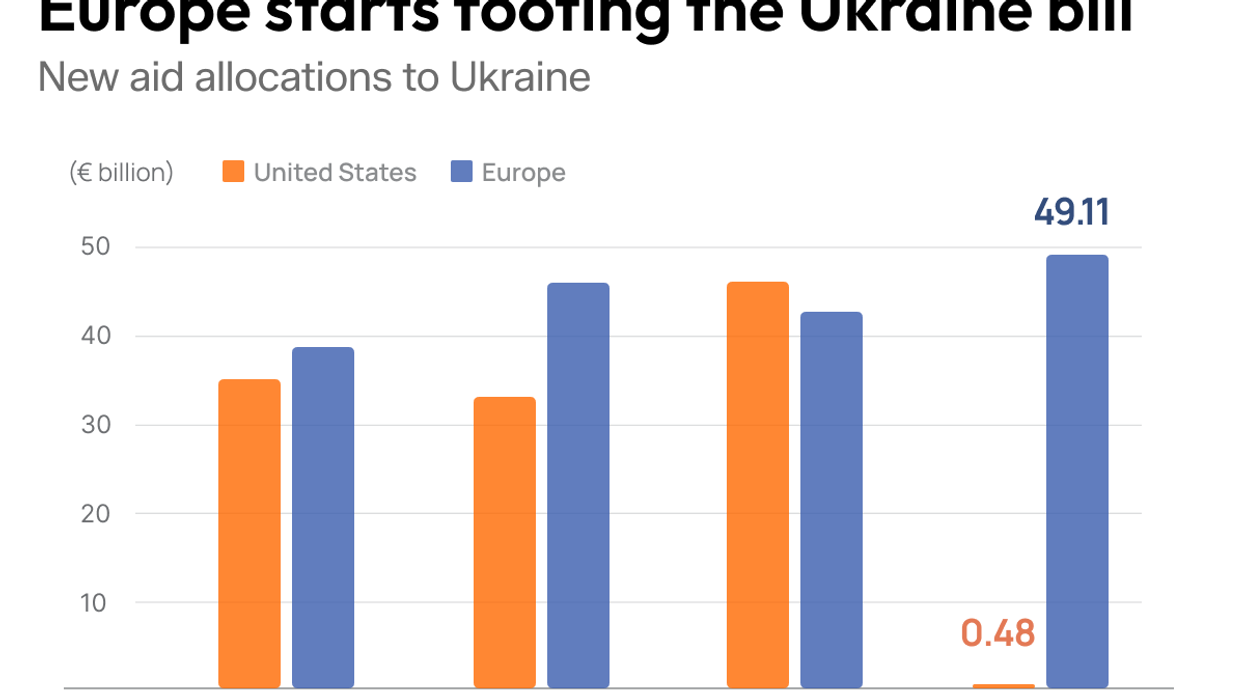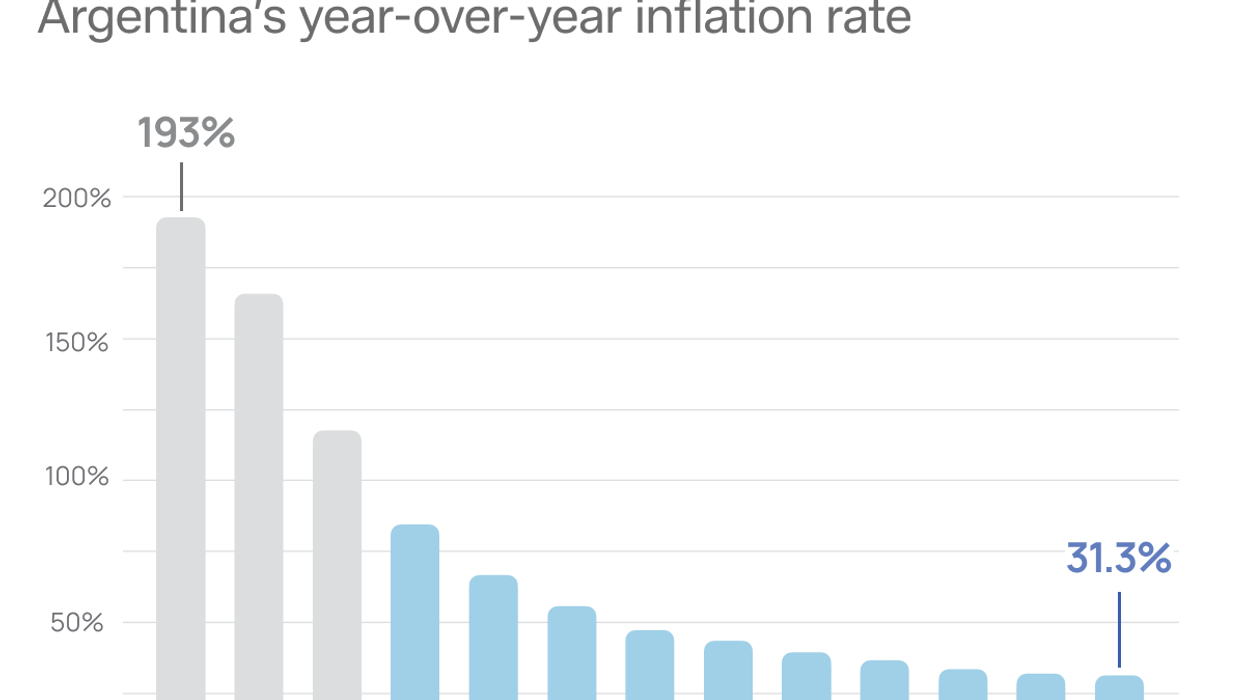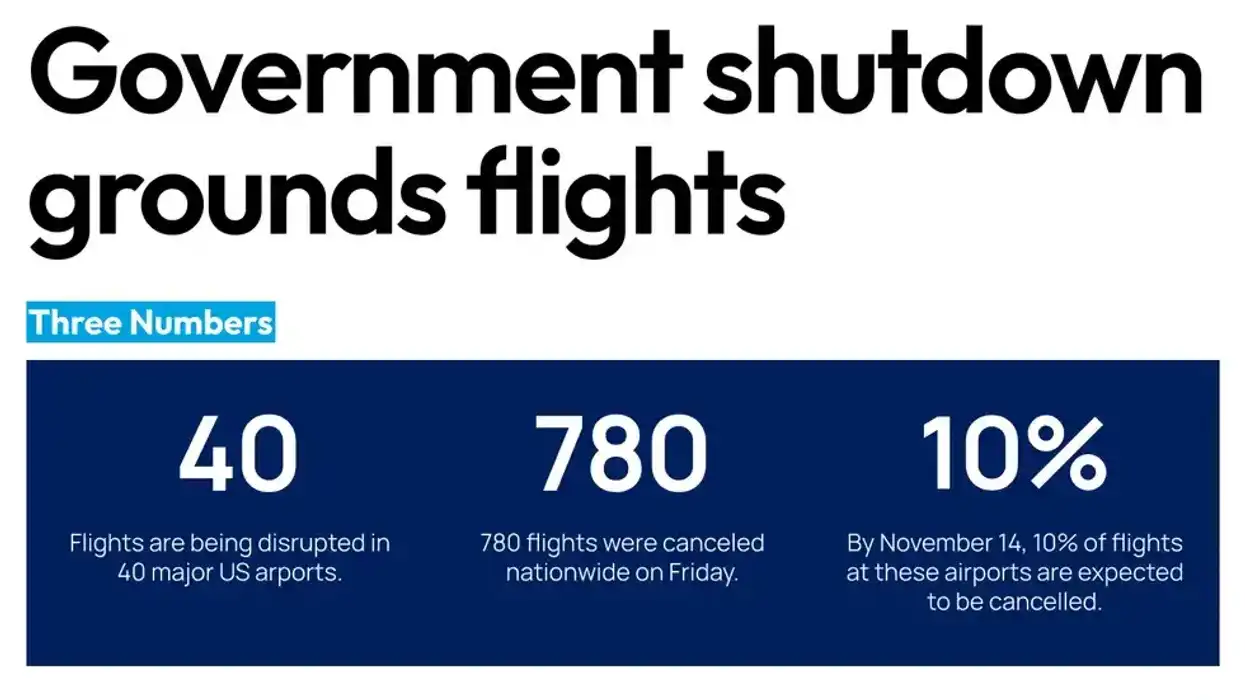Argentina is facing some of the world’s highest inflation, with rates this year climbing back into the triple digits for the first time in three decades in February. Some economists forecast that South America’s second-largest economy could break the 200% inflation mark before the year is out, exacerbating the ongoing economic crisis that has left four out of 10 people in poverty as prices rise faster than wages.
How did things get so bad?
- Argentina never fully recovered from an economic crisis in 2018 when its peso lost nearly half of its value against the dollar. The IMF responded by loaning Argentina a record $57 billion. The loan failed to stabilize the economy, and the country later defaulted on it and on its own government loans. Annual inflation has stayed above 50% ever since.
- During the pandemic, the government printed money and implemented currency controls and price freezes, laying the groundwork for inflation to soar.
- This year, the economy has been crippled by low GDP growth, high prices, reduced consumer spending, and droughts destroying key agricultural exports.
This is having serious political consequences. Rising prices have spurred a cost-of-living crisis, looting, and rampant poverty. The crisis is boosting support for Javier Milei, a radical libertarian who won the primary election earlier this month on promises to dollarize the economy. His unexpected success further destabilized the economy, adding to inflation. But rising inflation is good news for Milei, who can pin the economy’s problems on the establishment parties he hopes to beat in round one of Argentina’s presidential election in October.
